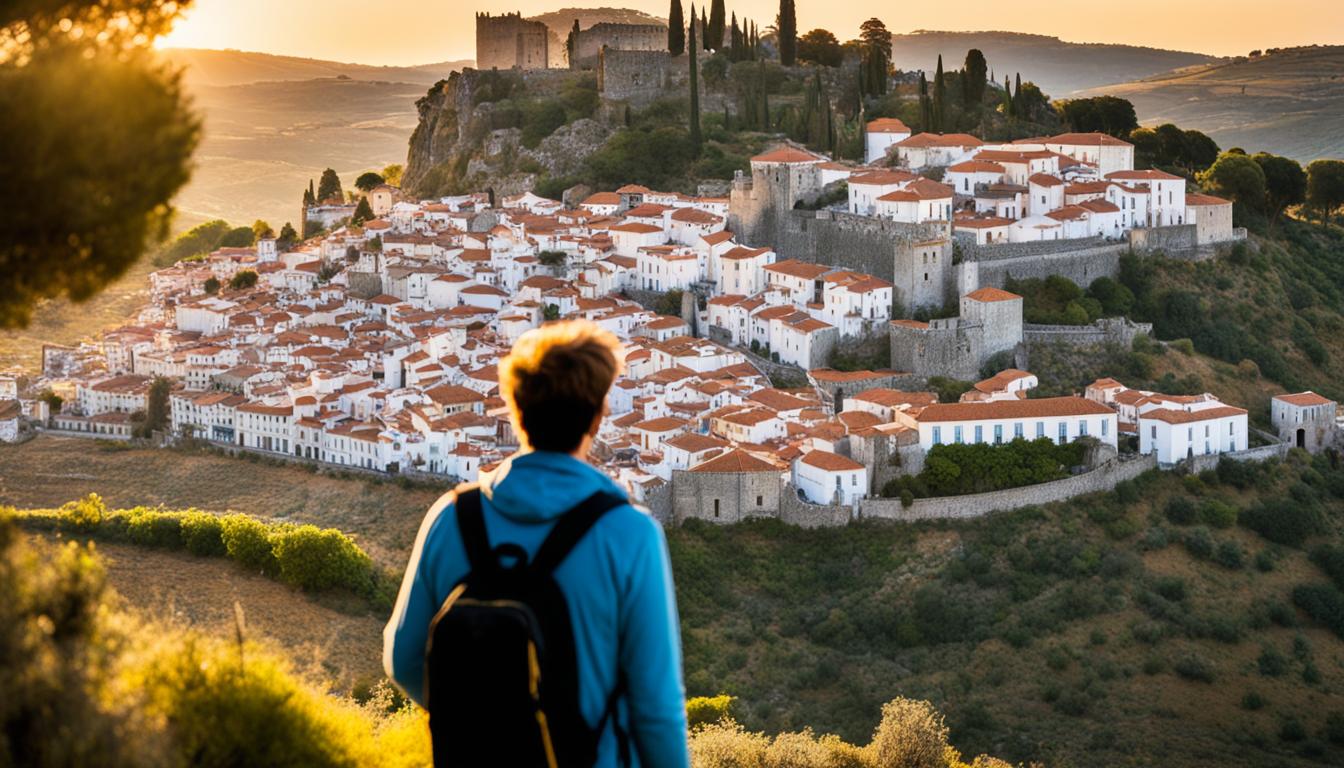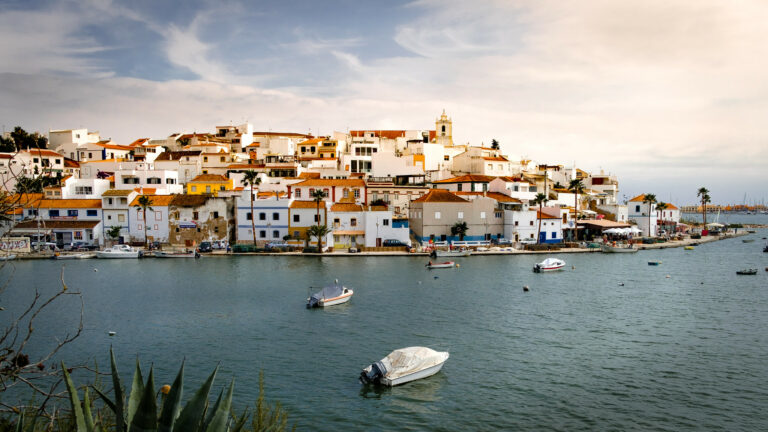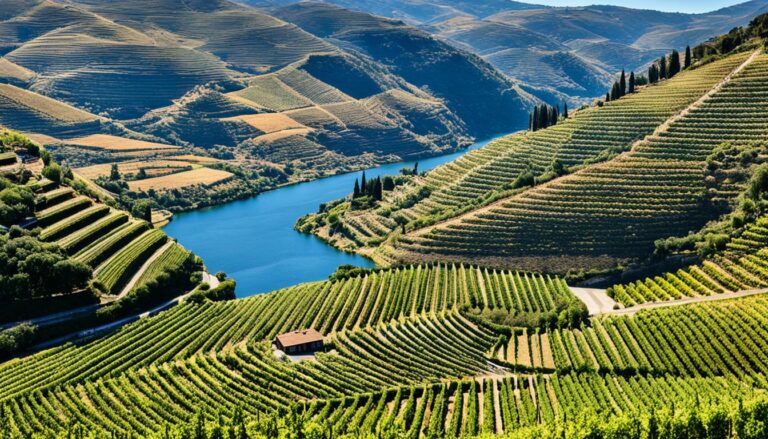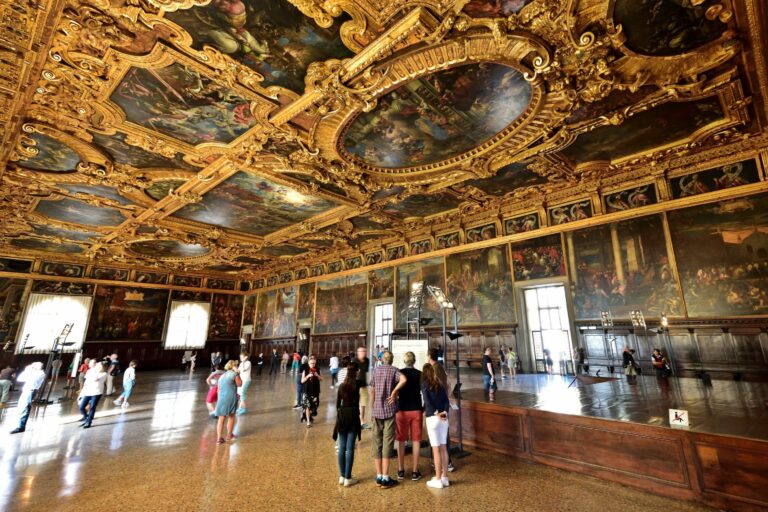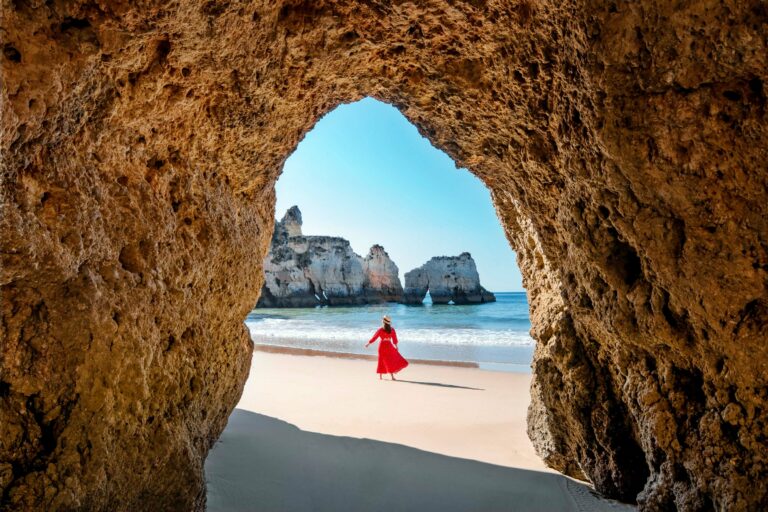Portugal off the beaten Path: Discover the Moorish Heritage of the Portuguese
Today, we invite you on a journey to explore the hidden treasures of Portugal off the beaten path. Forget about the crowded resorts and tourist hotspots – let’s dive into the wild, remote places that truly showcase this country’s fascinating cultural diversity. In our quest for cultural immersion, we will uncover the fascinating Moorish heritage that weaves through the Portuguese culture and the best places to experience it while on this beautiful country.
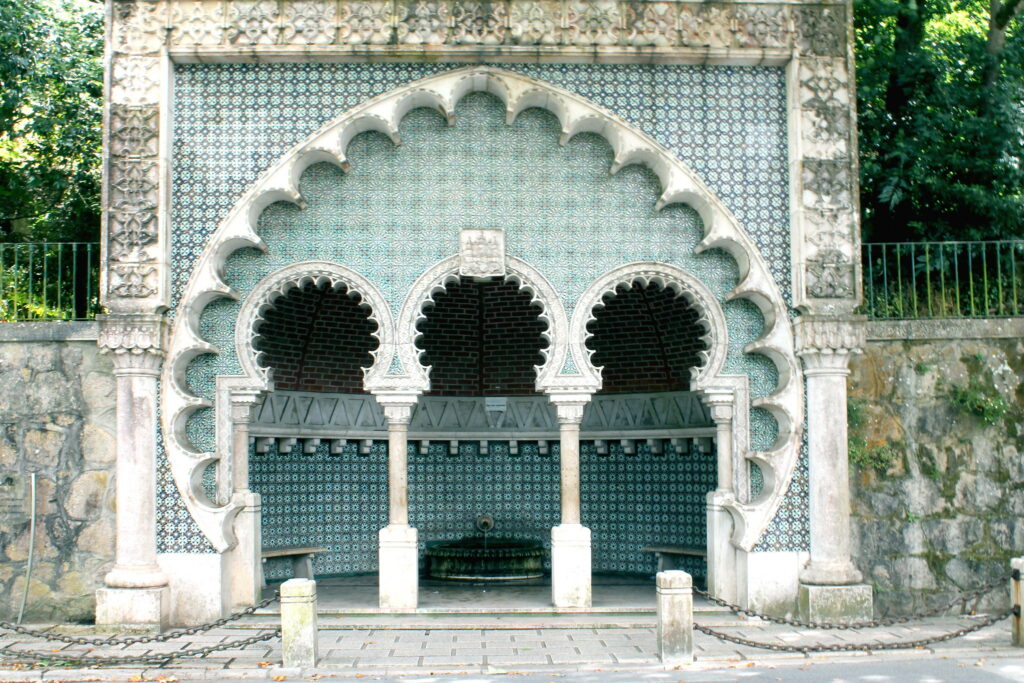
Tracing the Influences of Islamic Culture in Portugal
Portugal’s rich and diverse cultural heritage is a product of its complex history, and one of the most significant influences on its culture is the Moorish heritage.
The Moors, a term often used to refer to the Muslim inhabitants of the medieval Islamic territories, played a crucial role in shaping the culture, architecture, and arts of Portugal. This article explores the Portuguese Moorish heritage, highlighting the lasting impact of Islamic culture on the country.
Historical Context:
The Moorish presence in Portugal dates back to the 8th century when the Muslim conquest of the Iberian Peninsula began. The Moors established Al-Andalus, a Muslim state that encompassed modern-day Portugal, Spain, and parts of France. For centuries, Islamic culture thrived in the region, leaving an indelible mark on the Portuguese way of life.
Architecture:
One of the most striking legacies of the Moorish heritage in Portugal is its architecture. The Moors introduced innovative and distinctive architectural styles characterized by:
- Intricate geometric patterns
- Horseshoe arches
- Ornate tilework
- Maze-like and labyrinthic streets/cities/villages with narrow streets
- Small houses, very close to each other, often with their walls attached to the next house, surrounded by a wall with an entrance to a patio and stairs leading to rooftops
- Houses painted in white, blue, and yellow, or houses painted in white with a stripe of blue/yellow being the most common color.
Houses painted in white avoid absorbing the heat, rooftops are excellent places to cook, socialize, dry linen and clothing.
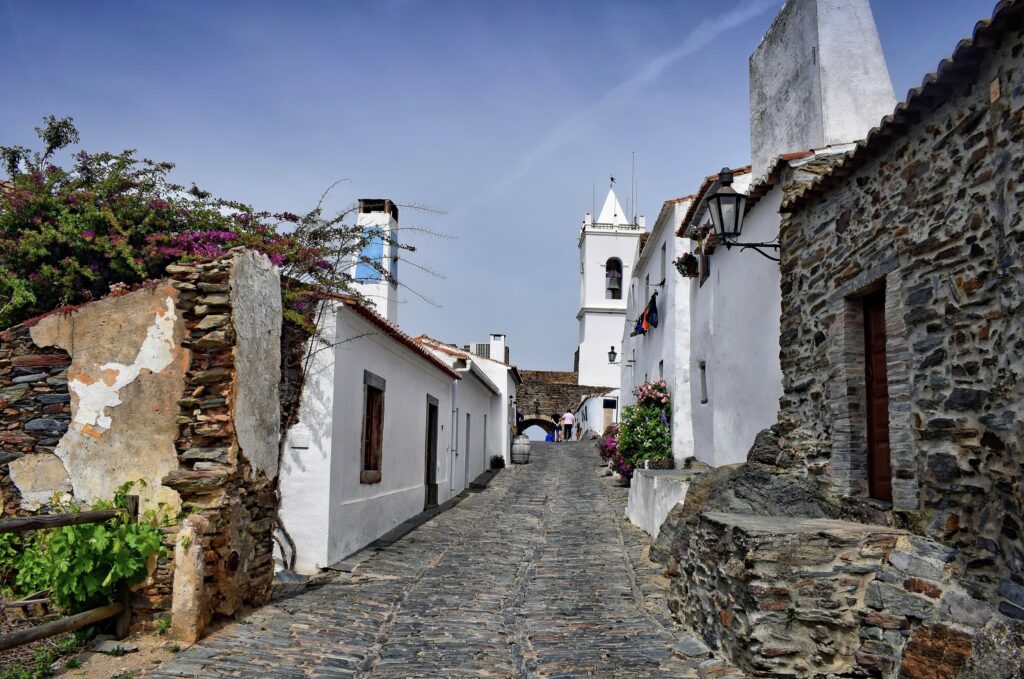
The influence of Moorish architecture in Portugal is particularly evident in southern Alentejo and Algarve, where Moorish occupation was the strongest and lasted for a longer time. Some of the best regions to visit are Monsaraz, Terena, Mértola, Évora and Silves. . These structures showcase the fusion of Islamic and European architectural elements, creating a unique and captivating aesthetic.
Language and Literature:
The Moors also left a lasting impact on the Portuguese language and literature. Arabic, the language of the Moors, significantly influenced the Portuguese vocabulary. Many words of Arabic origin are still used in everyday Portuguese, particularly in areas related to agriculture, science, and technology.
Moreover, translating Arabic works into Portuguese played a vital role in disseminating knowledge during the Islamic Golden Age. The translation movement facilitated the transfer of scientific, philosophical, and literary works, contributing to the intellectual development of Portugal.
Cuisine and Gastronomy:
The Moorish influence on Portuguese gastronomy is evident in the vibrant flavors and ingredients of traditional dishes.
The Moors introduced spices such as saffron, cinnamon, and cumin, as well as new agricultural practices, including irrigation systems and the cultivation of rice and citrus fruits. These culinary contributions transformed Portuguese cuisine, giving rise to dishes such as Alentejo’s açorda, a bread-based soup.
Music:
Cante Alentejano, the traditional singing style of Alentejo in southern Portugal, is deeply rooted in the region’s history and cultural heritage. While its origins are primarily associated with the rural communities of Alentejo, there are fascinating connections that trace back to the Arab influence in the Iberian Peninsula.
During the period of Moorish rule in the Iberian Peninsula, which lasted for several centuries, Arabic culture left a significant imprint on the region’s music and poetry. Elements of Arab musical traditions, such as melodic patterns, rhythmic structures, and poetic themes, have been interwoven into the fabric of Iberian musical heritage, including the cante alentejano.
The Arabs introduced new musical instruments, poetic forms, and melodic modes to the Iberian Peninsula. These influences blended with the existing musical traditions, giving rise to a unique fusion that is evident in the cante alentejano. The use of repetitive melodic phrases, intricate vocal harmonies, and poetic storytelling reflects the echoes of Arab musical aesthetics.
Where to go and what to do
Monsaraz: A Timeless Jewel of Portugal’s Alentejo Region
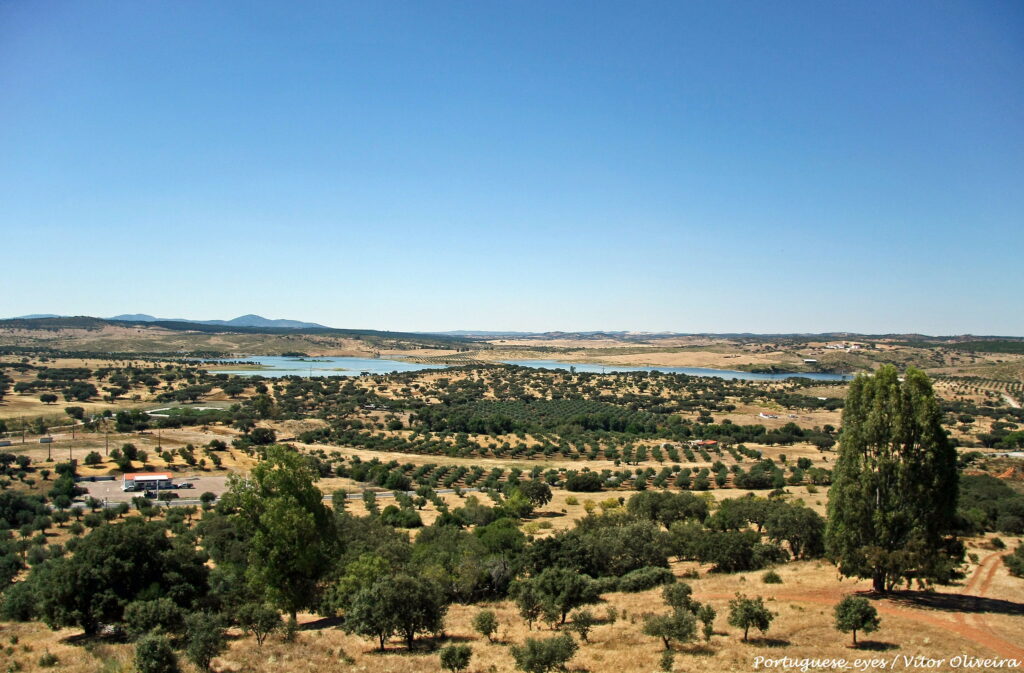
Perched on a hilltop in the heart of Portugal’s Alentejo region, the medieval village of Monsaraz stands as a testament to the country’s rich history and architectural beauty. With its stunning views of the surrounding plains and the sparkling waters of the Alqueva Dam, Monsaraz captivates visitors with its timeless charm and tranquil ambiance. Let’s delve into the allure of this remarkable village.
History and Heritage:
Monsaraz has a history that spans several centuries, dating back to prehistoric times. It has been inhabited by Romans, Visigoths, and Moors throughout the ages, each leaving its mark on the village’s cultural tapestry.
In the 13th century, Monsaraz was conquered by the Portuguese, becoming an important strategic stronghold. Today, its well-preserved medieval walls, narrow cobblestone streets, and historic buildings offer a glimpse into the past, transporting visitors to a bygone era.
What to do:
- Visit the Castle of Monsaraz, a formidable fortress that offers panoramic views of the surrounding countryside.
- The Church of Nossa Senhora da Lagoa, with its Manueline-style entrance, and the Pillory of Monsaraz, a symbol of the village’s municipal autonomy, are also worth a visit.
- Eat at Alcaide Restaurant in Monsaraz and Adega do Cachete in São Pedro do Corval for some delicious traditional food, including Açorda and Bochechas de Porco (balck porck cheeks stew).
- Book a boat experience in Alqueva Dam with “Sem – Fim” boat and food experiences.
- Alqueva is also home to some of the best stargazing experiences you can have. IMake sure to book an experience with Alqueva Sky Observatorium.
If you are not comfortable exploring on your own, we recommend you have a look at some of these local experiences and tours.
Terena, Mourão and Jerez de los Caballeros:
Around Monsaraz, you have other smaller villages that allow you to travel back in time, offering beautiful views of the surrounding landscape and architecture. These villages still offer a glimpse of what life was like during the Moorish occupation of this territory.
Make time to:
- Visit Mourão, and its castle/fortress and try to go for an the beaten path swim at its dam.
- Visit Terena, and its tiny village and castle/fortress.
Make time to visit Jerez de los Caballeros:
On the border with Portugal, in the region of Extremadura, Spain, Jerez de los Caballeros is a captivating town that effortlessly combines rich history with architectural splendor.
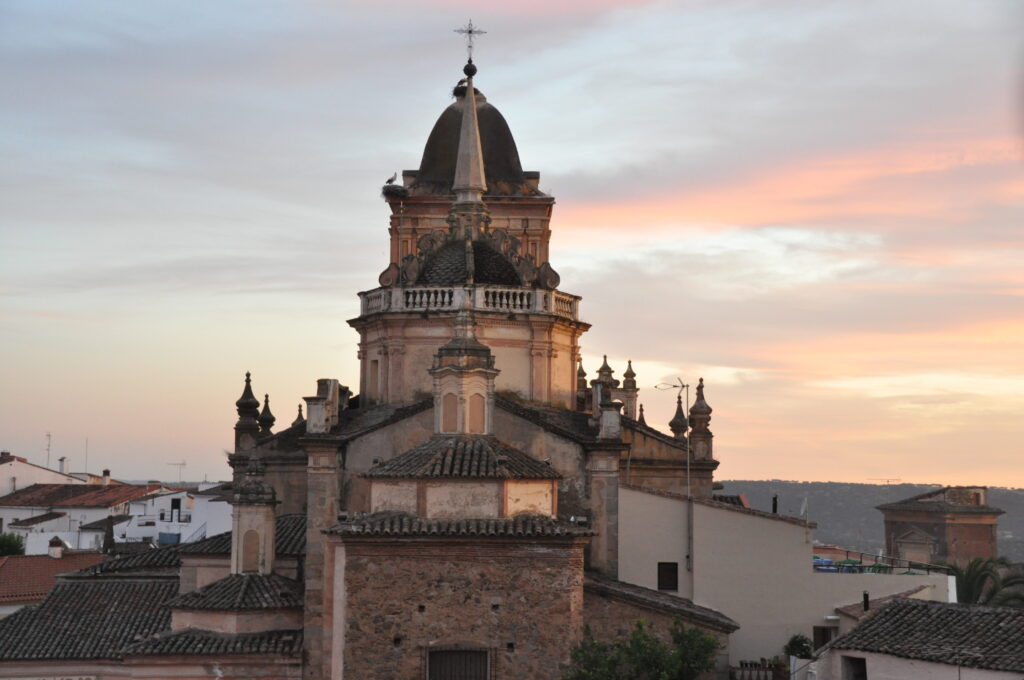
Jerez de los Caballeros has witnessed the passage of various civilizations, including the Romans, Visigoths, and Moors. The town earned its name, which translates to “Jerez of the Knights,” during the Reconquista when it was conquered by Christian knights ( a long piece of history in Portugal and Spain that includes all centuries and battles ever fought since the Christians decided to conquer these lands from the Moors). This historical significance is evident in the town’s imposing castle, defensive walls, and medieval architecture that still grace the streets today.
- Visit:
- The castle of Jerez de los Caballeros is a majestic fortress that stands as a symbol of its past. Inside the castle, visitors can explore its towers, battlements, and courtyards while enjoying panoramic views of the surrounding countryside.
- The Church of San Miguel, with its impressive Gothic façade
- The Church of Santa María is a striking example of Mudéjar architecture.
Portugal is a very old country. If you really want to learn and feel the authentic Portuguese history and culture, make the time to go off the beaten path and go to some of these places. Public transportation is not a big thing in these regions, so you better plan your trip in advance, either with an experienced tour guide or rent a car and plan your own road trip.
Feel free to feel inspired!
In case this article caught your attention, and you wish to learn more about Lisboa off the beaten path and Medieval Portugal, please click on the following links:
Alfama, Mouraria and Martim Moniz: Lisboa off the beaten Path (letsfly.co.uk)
Medieval Portugal: From the Northern Villages to the South Countryside of Alentejo (letsfly.co.uk)

